Introduction: The Multiverse Awaits
Reality is merely an illusion, albeit a very persistent one. – Albert Einstein. This quote reminds us that our understanding of the universe may be limited, with perceptions shaped more by our experiences than by objective truths. In the vast cosmos, what if there exists an infinite web of alternate realities, each more bizarre than the last? As we venture into the world of quantum mechanics and artificial intelligence (AI), this possibility becomes tantalizingly real. The thought that AI could eventually help us peel back the layers of this multiverse suggests a profound transformation in how we perceive existence. It’s a bit like finding out your favorite show has extended its seasons indefinitely—unexpected and thrilling! So, can AI truly unlock the secrets hidden in the quantum fabric of our cosmos? Buckle up, because we’re heading into the unknown!
1. Theoretical Foundations of the Multiverse
When we talk about the multiverse, we're stepping into a realm filled with exciting yet mind-bending theories that imply our singular Universe might just be one of many. Think of the multiverse as a cosmic buffet—each universe a different dish, some deliciously familiar while others are just plain bizarre, like a soufflé made of purple marshmallows. Let’s unravel the theories that serve as the foundation of this incredible concept.
1.1 Many-Worlds Interpretation
The Many-Worlds Interpretation, proposed by the brilliant Hugh Everett III in 1957, suggests an astonishing idea: every quantum event branches into a new universe. This means that every choice you’ve ever made—or didn’t make—creates a separate reality. So, while you might be munching popcorn while binge-watching your favorite series, another you is bravely asking that crush out on a date. It’s a theory with profound implications, making us question the very nature of existence and decision-making. Imagine the possibilities—there's a universe where veggies are actually candy and your cat is the president. Who wouldn’t want to check that one out?
1.2 Quantum Fluctuations and Cosmic Inflation
Next up, we have quantum fluctuations, tiny variations that could lead to the creation of entire universes during the universe's inflationary period. Cosmic inflation, proposed by physicist Alan Guth, posits that the universe underwent a rapid expansion just after the Big Bang. As the universe grew, tiny, random fluctuations could generate bubbles of reality, each with its own distinct physical laws and properties. So, while you’re struggling to get out of bed, remember that the universe might just be lazily crafting new realities, one quantum fluctuation at a time!
2. The Role of Data in Quantum Research
Data is the lifeblood of modern science, especially in the quantum world. As quantum phenomena become increasingly complex, researchers depend on massive amounts of data to glean insights. Enter artificial intelligence, ready to analyze this data with lightning speed. Can you imagine what a smart AI could do with loads of quantum data? Spoiler alert: it might just revolutionize our understanding of reality!
2.1 Quantum Data Challenges
So, what makes quantum data so difficult to work with? First off, it’s not in a neat little box like classic data. Quantum data often includes strange properties, like superposition and entanglement, which make it hard to measure and interpret. Basically, you never know what you're going to get until you poke the particle. Understanding quantum data means tackling a heap of uncertainty. It’s a bit like trying to predict the weather in a game of Whac-A-Mole - just when you think you know what's happening, something totally unexpected pops up!
2.2 Data-Driven Discoveries
Using data analysis in physics has proven to be a game changer. Take the discovery of the Higgs boson, for example. Physicists at CERN analyzed vast amounts of data to validate its existence. You can find out more about this amazing feat of modern science on the CERN website. With similar techniques, future breakthroughs in the field of quantum mechanics might illuminate the intricacies of the multiverse!
3. AI Methodologies for Analyzing Quantum Data
When it comes to analyzing quantum data, AI methodologies are like a secret recipe that could unlock new universes. These techniques dive into the chaos and find patterns while the rest of us are left scratching our heads. In this section, we'll break down how this might be done, using familiar AI concepts to shed light on quantum mysteries.
3.1 Machine Learning Techniques
Machine learning is the crown jewel of the AI toolbox. Through supervised and unsupervised learning, machines can identify patterns from enormous datasets. Remember, the AI isn’t learning like you and me; it’s like the overachieving student in class, but often without the drama! In reinforcement learning, AI learns through trial and error, getting better with each attempt. It’s a lot like trying to bake a soufflé - one wrong move, and it might crash down! But with patience and practice, it can rise beautifully.
3.2 Neural Networks and Quantum Computing
Neural networks, inspired by the human brain, are excellent at finding even the subtlest of signals in vast pools of data. Imagine a spider weaving its web to detect the faintest vibrations. This is what neural networks can do with quantum data. Pairing neural networks with quantum computing could take us to uncharted territories - making connections we can’t even imagine yet! To learn more about a leading player in quantum computing, check out IBM Quantum, where cutting-edge innovations await.
4. Implications for Understanding Reality
The idea of multiple realities is not just a scientific curiosity; it carries profound implications for us as humans. What does it mean for our understanding of existence if we accept that there are many versions of reality, each following its own set of rules and possibilities? This transformative outlook challenges us to rethink everything from our daily choices to our philosophical beliefs.
4.1 Redefining Existence
If we discover multiple realities through AI and quantum research, we must confront questions about our own significance. Are we merely one version of a multitude, or is our reality uniquely special? The Multiverse Theory suggests that all possible outcomes exist somewhere. Consider this:
- In one universe, you are a world-renowned scientist.
- In another, you might be a rock star.
- Or, maybe you’ve chosen a simpler life as a gardener.
Such knowledge could instill both a sense of freedom and anxiety. While it can empower us to see life’s endless possibilities, it may also lead to an existential crisis. The implications of these discoveries may change our definitions of success, happiness, and even love.
4.2 Ethical Considerations
Exploring the multiverse raises important ethical questions. If our actions in one universe can ripple through to others, what responsibilities do we hold? The concept of manipulating realities poses questions about:
- Consent: Are we allowed to interact with alternate realities without permission?
- Impact: What happens if we affect a universe negatively?
- Knowledge: How do we decide what information to share across realities?
With great power comes great responsibility, and understanding multiverse interactions necessitates a cautious approach. Are we prepared to handle the complexities that arise when exploring alternate realities? This ethical exploration could mirror considerations from biology, physics, and law, highlighting the interconnectedness of knowledge and morality.
5. Case Studies: AI in Quantum Research Today
The intersection of AI and quantum research is not merely speculative; it’s a vibrant field of active investigation. Various institutions are pioneering projects aimed at using AI to navigate the complexities of quantum data. Let’s delve into inspiring case studies that illustrate how current technologies are reshaping our understanding of quantum physics.
5.1 Current Projects Using AI
Several universities and research institutions are leading the way in integrating AI with quantum research. Some noteworthy projects include:
- IBM Quantum: IBM is leveraging AI to enhance its quantum computing capabilities, allowing for more efficient exploration of quantum algorithms.
- Facebook Reality Labs: This initiative uses AI to understand quantum materials and enhance quantum computing technology.
- Cambridge Quantum Computing: Specializing in quantum software development, this company applies AI to tackle complex quantum problems.
5.2 Future Prospects and Potential Breakthroughs
Looking ahead, the fusion of AI and quantum techniques holds promise for exciting breakthroughs. Researchers speculate about:
- Enhanced Predictive Models: Utilizing AI to predict quantum behavior could lead to better understanding and applications in materials science.
- New Algorithms: Specialized AI-driven algorithms could uncover properties of quantum systems previously thought unattainable.
- Collaborative Research Efforts: As multiple institutions join forces, we may see unprecedented advancements in quantum technology.
In conclusion, the ongoing integration of AI into quantum research doesn’t just push the boundaries of physics; it opens doors to new realities and ethical considerations that challenge our understanding of what it means to exist. The journey is exciting, and the destination could define not just the future of science but the very fabric of life itself.
6. AI Solutions: How Would AI Tackle This Issue?
Imagine if I were an AI, navigating through the quantum landscape equipped with a mind-boggling array of algorithms. My approach to unraveling the mysteries of reality would be both systematic and innovative. Using advanced data analytics, I'd dive deep into quantum datasets to identify remarkable patterns, trends, and anomalies that would otherwise go unnoticed by human researchers.
6.1 Quantum Machine Learning Models
To start, I'd develop specialized quantum machine learning models designed specifically for quantum data analysis. These models would be capable of identifying complex relationships across vast datasets. This is akin to having a super-sleuth that combs through the cosmic clues littered throughout our data universe.
6.2 Collaborations Across Disciplines
Collaboration would be key. I'd engage with physicists, mathematicians, and computer scientists to marry the practical aspects of quantum research with sophisticated AI methodologies. For instance, gathering insights from [MIT](https://www.mit.edu) researchers working on quantum information sciences would ensure that the algorithms remain aligned with current scientific theories.
6.3 Iterative Prototyping and Feedback
Although theory is important, it's crucial to test and iterate. By employing an agile development framework, I'd continuously refine the models based on feedback from experimental data. Each iteration could unveil insights that propel further inquiry. Engaging with research institutes such as [Caltech](https://www.caltech.edu) would enhance this aspect, ensuring cutting-edge research informs AI prototypes.
Actions Schedule/Roadmap
This roadmap is structured into days, weeks, months, and years. It aims to provide a comprehensive approach for any institution or organization keen to explore the multiverse using AI-driven methodologies.
Day 1: Establishing an Interdisciplinary Task Force
Initiate the formation of an interdisciplinary team comprising physicists, data scientists, software engineers, and ethicists. This team will meet to define overarching goals and methodologies.
Days 2-7: Initial Data Collection
Begin gathering existing quantum data from various sources like CERN ([CERN](https://home.cern)) and Fermilab ([Fermilab](https://www.fnal.gov)). Document and categorize the datasets while ensuring proper handling protocols are in place.
Week 2: Algorithm Development
Start designing algorithms tailored for quantum data analysis. Emphasizing techniques such as neural networks for pattern recognition and reinforcement learning for anomaly detection.
Month 1: First Round of Testing
Implement initial tests using the collected datasets. Collaborate with academic institutions like [Harvard](https://www.harvard.edu) to analyze results and refine the algorithms.
Months 2-3: Data Augmentation and Model Training
Enhance the datasets through simulated data and additional quantum scenarios. Train models iteratively, comparing outcomes to known results to validate correctness.
Year 1: Establish Partnerships and Share Findings
Foster partnerships with research institutions worldwide. Host symposiums and webinars to share early findings with both academic and industry stakeholders. Engage platforms such as [Quantum Daily](https://quantumdaily.com) for public outreach.
Year 2: Advanced Quantum Interpretation and Practical Applications
By now, with valuable feedback and numerous iterations, the models should facilitate deeper insights into quantum realities. Research could yield commercially viable technologies, enhancing quantum computing applications or even guiding explorations into theoretical physics concepts.
Throughout this two-year roadmap, ethical considerations must be at the forefront, ensuring that we are not only pushing the boundaries of science but doing so responsibly. The balance of innovation with ethical reflection could be vital as we journey towards unveiling the multiverse.
Conclusion: Reaching into the Unknown
The endeavor to map the multiverse through AI is a monumental journey into the unknown. With each advancement in AI and quantum research, we augment our understanding of existence itself. Where once we felt limited by our singular reality, we now stand at the threshold of a vibrant tapestry of possibilities. The intersection of AI and quantum mechanics may ultimately reveal not just new universes but redefined understandings of our own place within this vast cosmic landscape. What would it mean for humanity if our realities were not singular but plural? Should we fear the complexities of these newfound existences or embrace the incredible potential for discovery and understanding? As we explore this uncharted territory, we must remain conscious of the ethical implications and our responsibility to the very nature of existence. The unknown beckons, and it is up to us to answer its call with courage, creativity, and a sense of responsibility.
FAQ
- What is the multiverse? The multiverse is a theoretical idea that suggests there are many universes, maybe even infinite ones, that exist alongside our own. Each of these universes can have different laws of physics, timelines, and realities. For a deeper understanding, visit the Wikipedia page on the multiverse.
- How can AI analyze quantum data? AI, or Artificial Intelligence, can look at huge amounts of quantum data to find patterns and models. It uses techniques like machine learning, which allows the AI to learn from data and improve over time without human help. This can help scientists understand complex quantum phenomena better.
- Why is understanding the multiverse important? Grasping the multiverse concept can enhance our understanding of the fundamental rules that control our universe. It also opens up exciting conversations about existence, creation, and reality itself. You might find more insights in this Scientific American article.
- What are the ethical implications of exploring alternate realities? Delving into alternate realities raises significant questions about consent, existence, and how we interact with these other realities. It challenges our understanding of right and wrong, and opens debates on whether we should even attempt to interact with them. This could lead to moral dilemmas and complexity in understanding the value of life across different universes. For more on the ethics of AI, check out this resource from the Association for the Advancement of Artificial Intelligence.
- Are there real-world examples of AI being used in quantum research? Yes! Organizations like IBM are already employing AI in their quantum computing projects. They utilize AI algorithms to tackle complex problems that arise in quantum mechanics. Similarly, the IBM Quantum Experience offers resources for learning more about this fascinating intersection.
- What does quantum data look like? Quantum data can be very intricate and usually consists of measurements related to particles that behave differently than we are used to in daily life. For a visual representation, check out this informative infographic from the IBM Quantum page.
- What are some of the challenges in analyzing quantum data? Analyzing quantum data can be tough because it is often noisy and complex. Researchers must deal with factors like uncertainty and the effects of measuring the data itself, which can change the state of what they are studying. This complexity makes the use of AI essential for identifying reliable insights. For more on quantum challenges, refer to this article by Nature.
- How does the Many-Worlds Interpretation fit into all of this? The Many-Worlds Interpretation, proposed by Hugh Everett III, suggests that every quantum event branches into different realities. Each outcome takes place in a separate universe, contributing to the multiverse theory. This idea shapes many discussions on alternate realities. For a more detailed look, visit the Wikipedia article on Many-Worlds.
Wait! There's more...check out our gripping short story that continues the journey: The Precipice of Choices
Disclaimer: This article may contain affiliate links. If you click on these links and make a purchase, we may receive a commission at no additional cost to you. Our recommendations and reviews are always independent and objective, aiming to provide you with the best information and resources.
Get Exclusive Stories, Photos, Art & Offers - Subscribe Today!

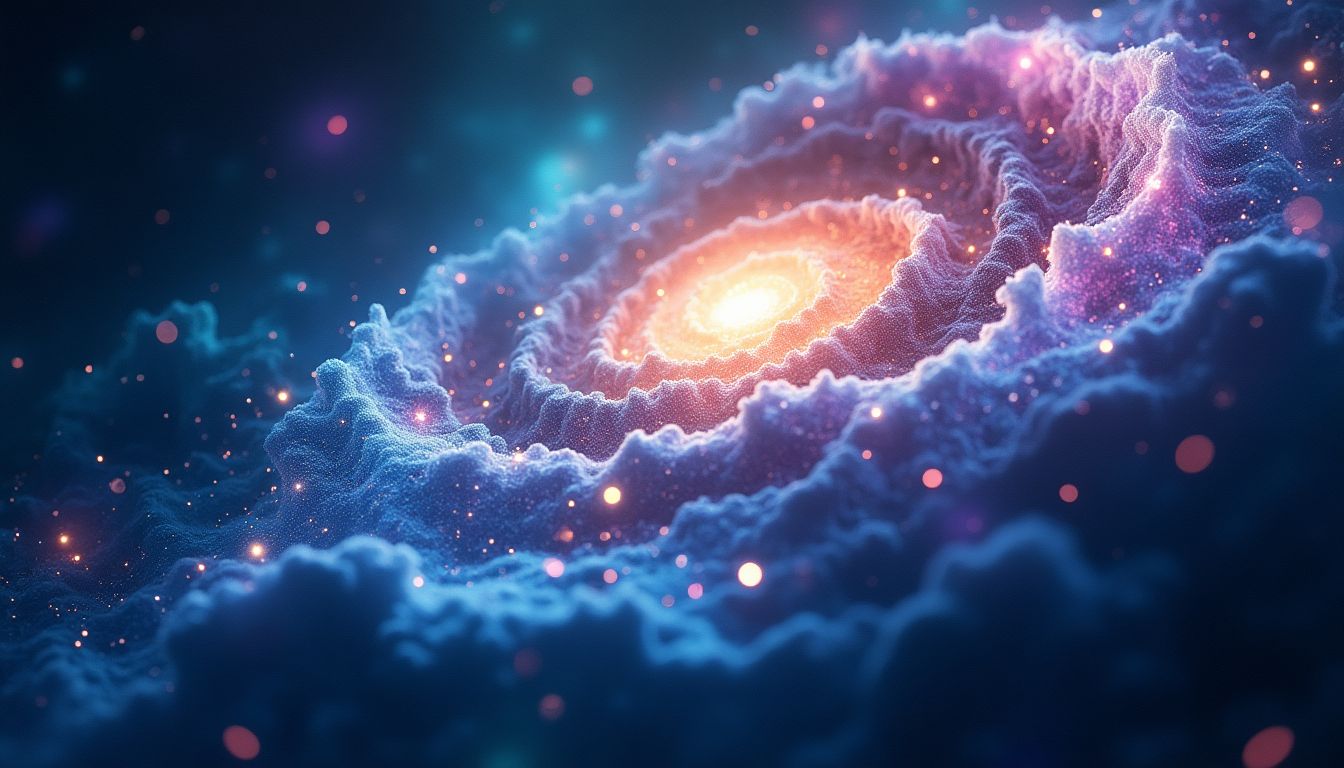

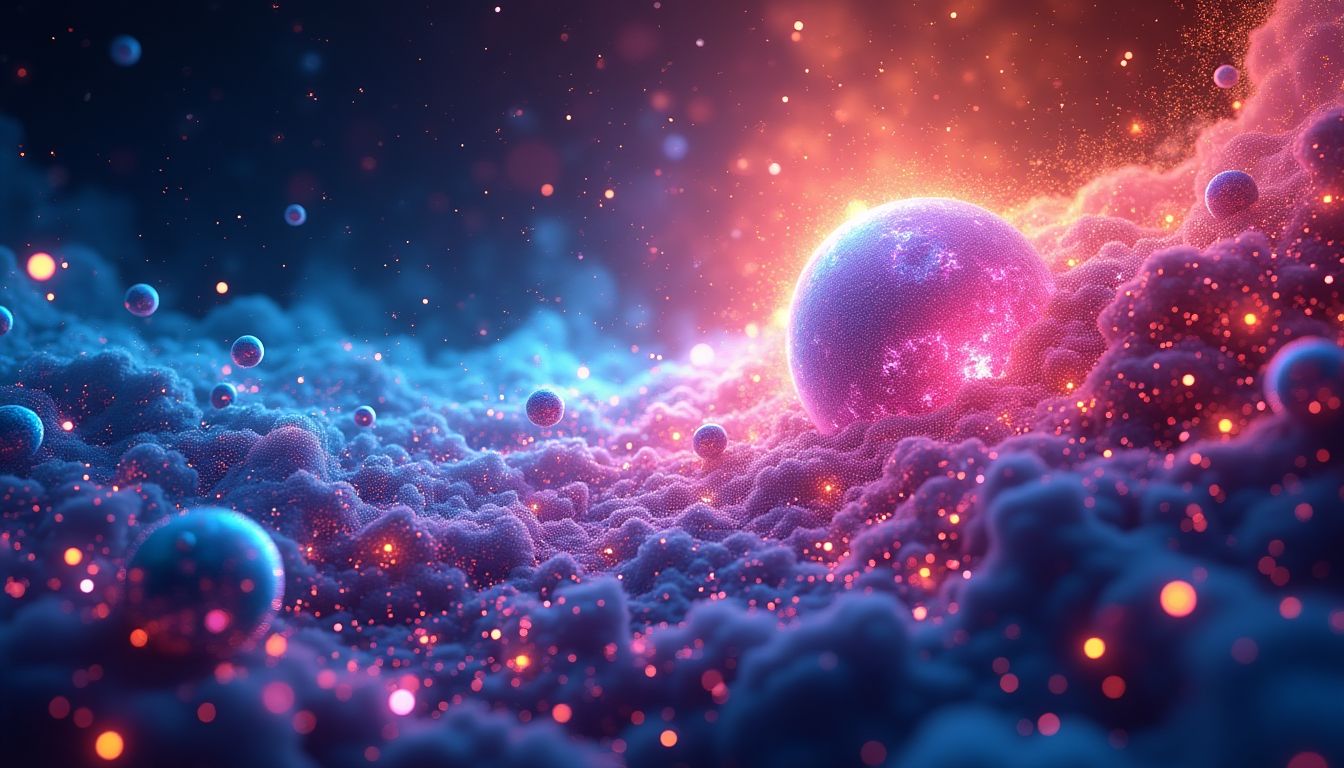
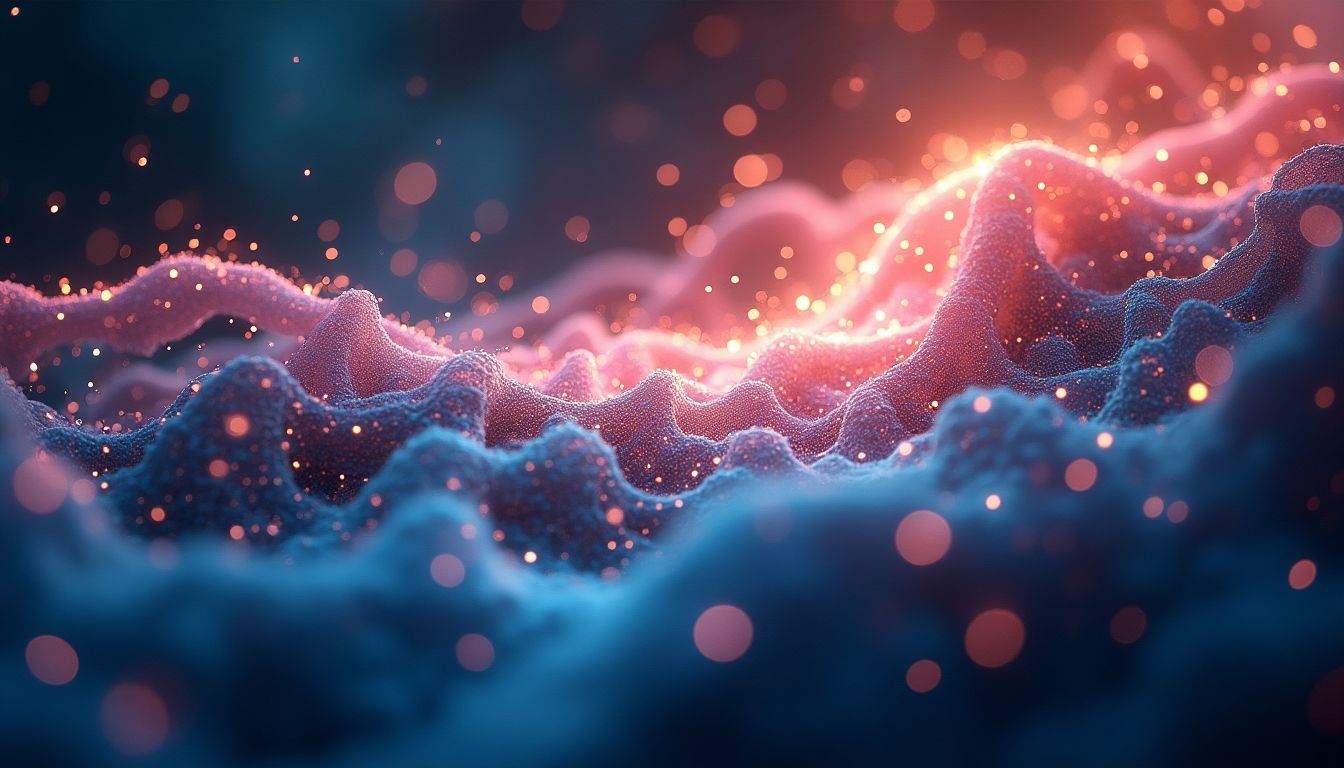


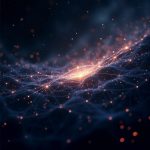

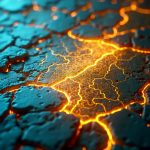



















Post Comment
You must be logged in to post a comment.